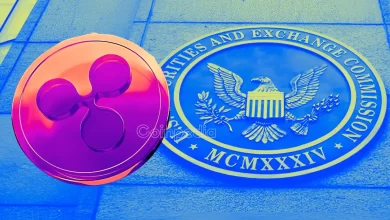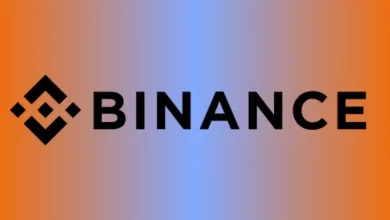Most of the exchanges had increased web traffic, Binance recorded as the leader but OKEx came out to be the top gainer but reports claiming that the most traffic is likely to be paid one.
The quarterly report of Coingecko shows a massive increase in market capitalization and Bitcoin was the most dominant crypto-asset.
The centralized exchanges witnessed a decline in their trading volume compared to the decentralized exchanges which saw a surge.
Major Crypto Exchanges Using Paid Web Traffic
Coingecko recently published a Q2 report on the performance of cryptocurrencies and exchange. The focus point in the report was the massive plunge in web traffic. Almost 20 exchanges experienced an increase in Web traffic with an average increase of 11.4 percent.
Binance with 30 percent market share recorded a hike of 9 percent web traffic in the second quarter. On the other hand, OKEx became a top gainer and saw the highest web traffic with a gain of 239 percent.
However, the web-traffic is believed to be inorganic as the top five referring sites were of the crypto ad and faucet sites. The same was recorded with the web traffic of Binance too. Therefore the increase in the inorganic web-traffic signifies that the top exchanges might be promoting their websites with inorganic boosters like paid advertisements.
Bitcoin still the Daddy Coin of the Coins
The Coingecko second-quarter report shows a 44.5 percent surge in market capitalization but the spot trading volume faced a decline. The reason behind this might be the investors are holding their digital assets without willing to trade them, maybe due to lack of confidence or other reasons may be the shift of interest towards the Defi and derivatives trading.
However, Bitcoin dominated the market with nearly 68 percent share followed by Ethereum with 10.2 percent. After the massive drop in Bitcoin’s price in March, it gained 78 percent and took more than 40 days to recover from the vertical drop.
The bitcoin hash rate also recorded a decline of 27 percent after the halving event occurred in the second quarter. Interestingly, the hash rate climbed back and attained the highest peak of 124 THs early this month. This was probably due to the increased activity of bitcoin mining in many parts of the world.
You may also read – Bitcoin’s Major Sell-Off is Favouring Bulls As Exchange Witness ‘Severe-low’
DEX & Defi Derivatives Grabbed Investor’s Eye
The quarter second of 2020 can be marked for DEX trading as they witnessed a huge surge in their trading volume. The centralized exchanges like Binance, OKEx, Coinbase, Bithumb, Bitfiniex, Kucoin, Poloniex, etc saw a decline in their trading volume.
The increased interest in Defi derivative trading and investors carrying out a ‘yield farming’ of Defi tokens has increased the trading volume of DEX. Q2 witnessed a huge growth of 56.1 percent in the trading volume, Uniswap V1 had a large jump of 154.4 percent and it contributed 85 percent of the total gains.
The increase in Defi movements such as yield farming using stablecoins and Defi governance tokens have become very popular as most of the digital assets have been locked up in the form of derivatives.
In short, the main points in the report of a second-quarter increase in market capitalization, web traffic, and DEX but a decrease in trading volume. Hence we can say that the investors are more attracted to the Defi derivative trading and choose not to trade on centralized exchanges. However, the top 5 exchange tokens, BNB, OKB, LEO, HT, and FTT have performed well in Q2 with an average increase of 20 percent.







